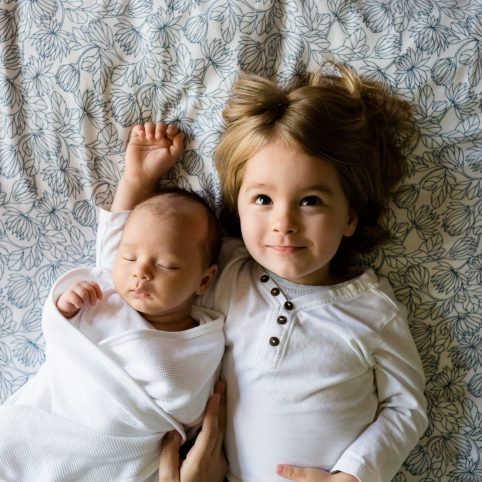Bleeds in Infants
Identifying a bleeding episode during infancy can be very challenging for parents. During the first six months of life, bleeding episodes are minimal. Superficial bruising can be commonly seen on the chest of back from picking up the infant. These bruises are usually minor and do not require treatment. They can be minimized by cradling the infant when picking him up.
General guidelines for administering immunizations include using the smallest gauge needle possible. An ice pack can be applied for five to ten minutes after the injection to help decrease the risk of bleeding. Also, place a barrier such as a gauze or a washcloth between the ice pack and the injection site so the ice will not be in direct contact with the skin. Immunizations commonly cause redness, warmth and minor swelling at the site of injection. Infants can also become irritable following immunizations. Children with haemophilia should be observed carefully for signs that could indicate a bleed.
If you observe:
- Your child is very irritable
- He guards or will not move the area where the immunization was given
- Redness, warmth or swelling increase
You should:
- Apply an icepack to the site
- Call your clinic if symptoms persist
During these first few months it is important to observe your infant for signs of bleeding that may require treatment. “Body checks” during diaper changes and bath times are an excellent opportunity. Lay your baby down and observe movement of his arms and legs. Does he move them freely? Talk to him and hold a toy for him to reach out to. Will he do it? If he is not moving an arm or leg, investigate why. If a toy is moved close to his arm, will he reach out ? If not, move the arm gently yourself. Does he grimace, cry, or hold it stiffly? Does one arm or leg appear larger than the other? If so, it could be the sign of a bleed. Is there any swelling or bruising, or is the area warm to the touch? Contact your clinic staff to discuss your observations. Be prepared to describe:
- Where you suspect the bleed is
- What the area looks like; is there bruising?
- Location and size of swelling
- Does it feel warmer than the surrounding area?
- When you first noticed the bleed?
- Is it getting worse?
Bleeds in preschool years and upwards
Children at this age are more coordinated. Their height, weight and physical activity are increasing as they explore more of their environment. It is at this age that more muscle bleeds can occur, and joint bleeds begin.
Some system of body checks should continue throughout this period. These body checks can occur when he dresses in the morning or at bed or bath times. Involve your child in this process so he can begin to learn what to look for. Encourage him to tell you when he is having a bleed.
Signs of a muscle bleed
- Tenderness to touch
- Swelling
- Warmth
- Pain with movement
- Muscle feels “tight”
Signs Of A Joint Bleed
- Early tingling
- Feels “funny”
- Followed by:
- Pain
- Warmth
- Swelling
- Stiffness
- Limited movement
Muscle and joint bleeds should be treated with factor as early as possible to prevent muscle and joint damage, followed by rest, ice, compression and elevation of the joint.
